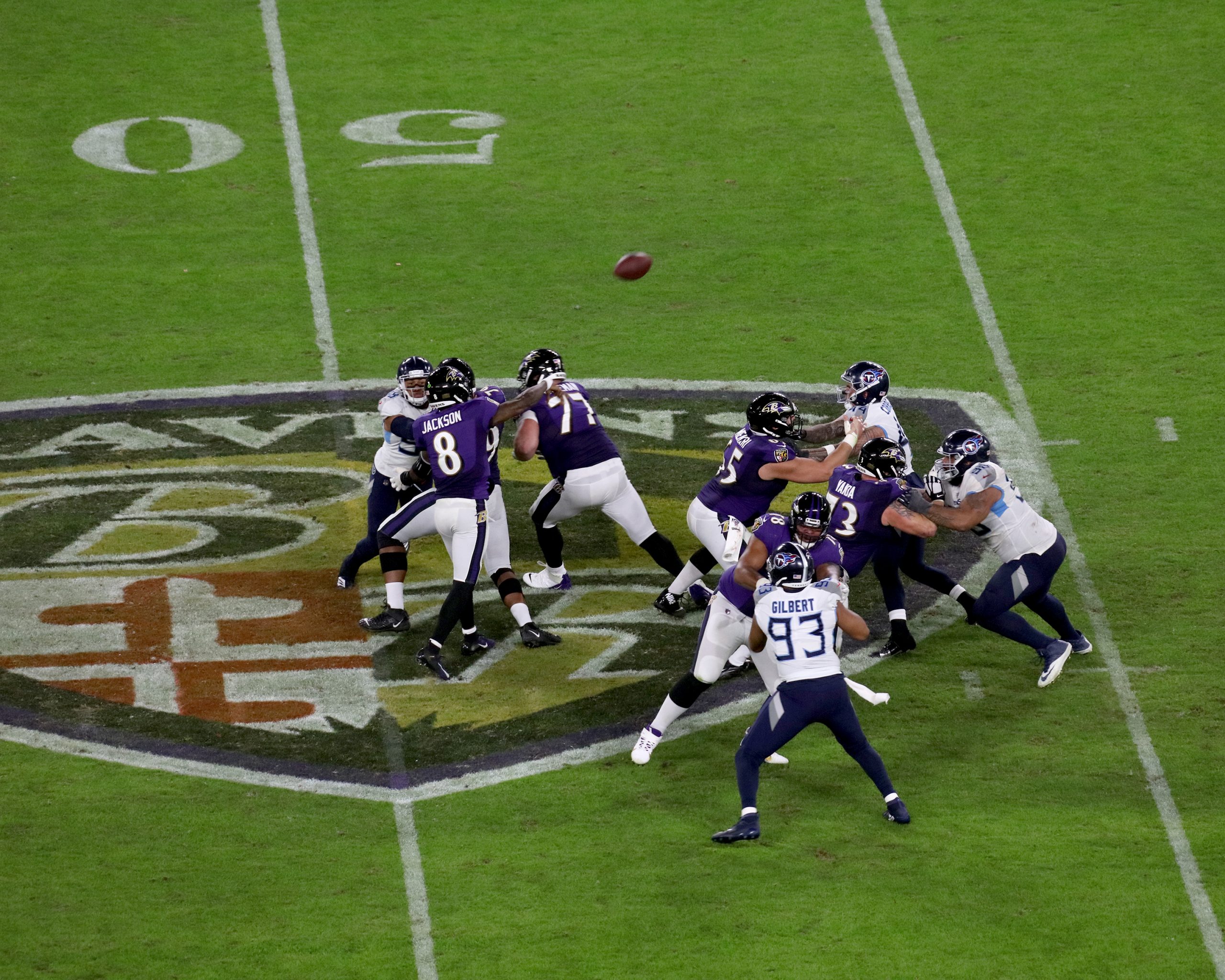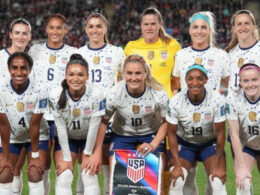It doesn’t matter which team has the ball, what the score is or where the ball is on the field; when the clock hits 2:00 at the end of each half of an NFL game — or when a play that bleeds into the final two minutes concludes — play immediately stops and the broadcast goes to commercial.
The two-minute warning, as it is commonly referred to, is essentially a built-in timeout that gives both teams the chance to regroup and properly plan for the upcoming plays, which is especially important in the fourth quarter of a tight contest. Ask fans why it exists, however, and most probably wouldn’t have an answer.
To many, the two-minute warning is simply another aspect that’s been woven into the fabric of NFL games for as long as they can remember. We don’t question why a touchdown is six points or why a player needs two feet inbounds to haul in a catch. So, there’s no real reason for people to question a seemingly unnecessary stoppage when teams are already given three timeouts to work with for each half.
Believe it or not, however, there was a time when the two-minute warning served a clear-cut purpose for the NFL. But like many outdated things in this world, the development and implementation of greater technologies eventually rendered it fairly useless.
A modern-day NFL stadium plasters the game clock just about everywhere you look on the numerous screens that populate the interior. But in the first years of the NFL, that was hardly the case. Back during the inaugural seasons of the 1920s, the only indication of how much time was left in the game belonged in the hands of the officials who kept track via a stopwatch of some sort.

Without knowing the time remaining in the game, teams needed some way to find out the circumstances they were working in. Otherwise, how could a trailing team trying to drive down the field know how much time they had to do so?
So, the NFL introduced the two-minute warning as a way to remedy that issue in 1942. Come the two-minute mark of each half, the referees would stop the game, thus alerting players to the game clock.
It wasn’t a perfect move, seeing as how teams still spent most of the rest of the game in the dark, but the new implementation offered some semblance of time that certainly helped teams when it mattered most.
Things began to change in the 1960s when the NFL made each stadium’s clock the official game clock, thus seemingly removing the need for any other indicator. But the two-minute warning stood pat for reasons that are still relevant today, as best explained by Ethan Trex back in 2009.
“The league didn’t want to do away with the two-minute warning, though, which had become an important strategic part of the game, helped build excitement during game-closing drives, and offered broadcasters an opportunity to sell an extra set of commercials.”
So while the original purpose of the two-minute warning has long come and gone, the rule has adapted to find a way to stick around and doesn’t figure to go anywhere anytime soon.
Photo Credit: Google Creative Common Licenses





